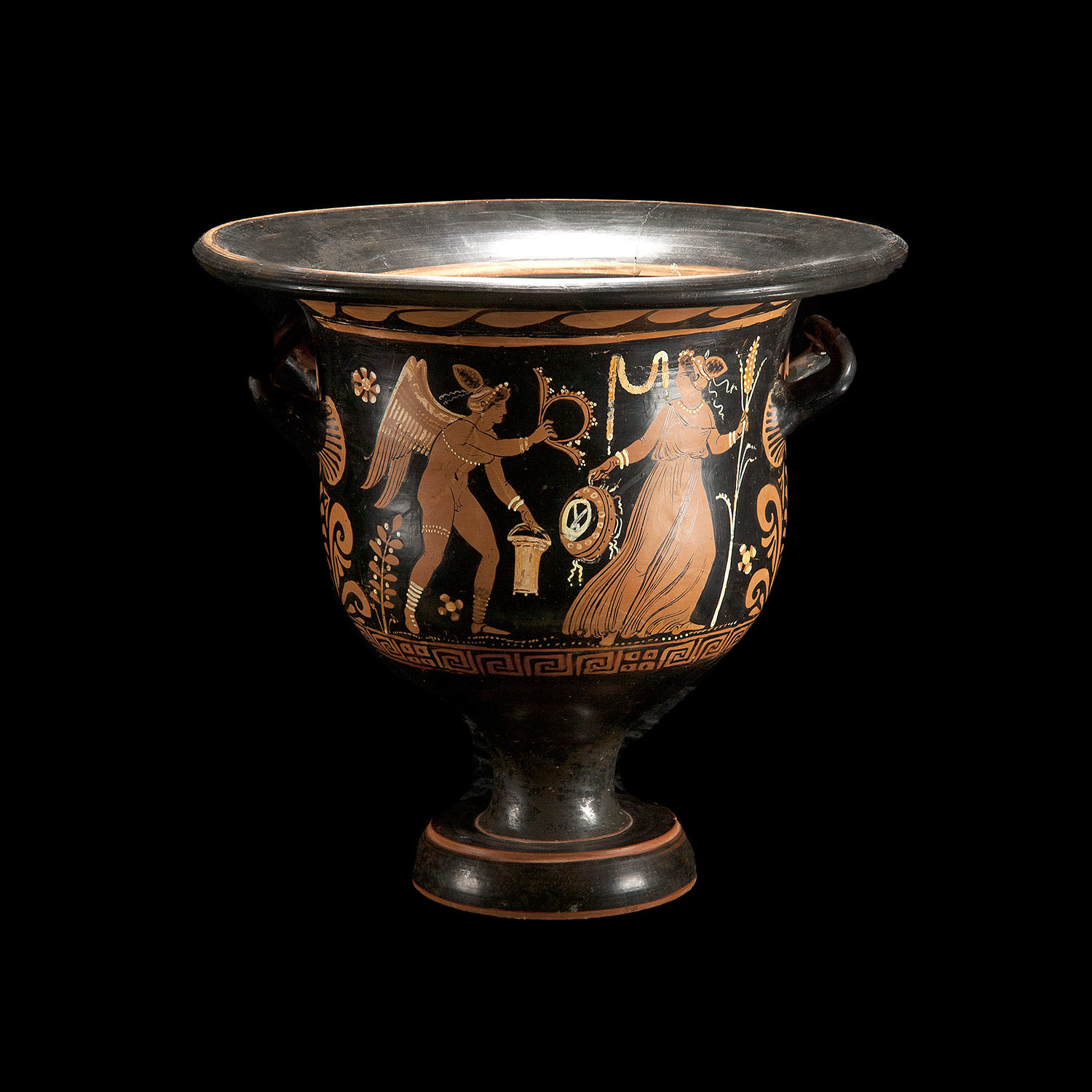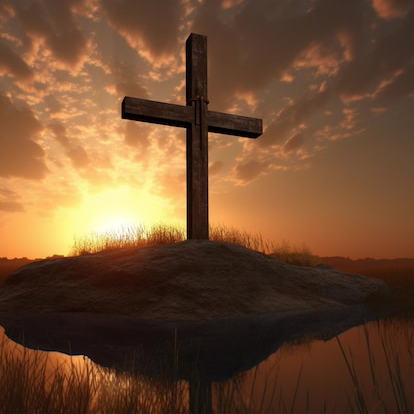johnny botwright
Member
- Feb 25, 2010
- 957
- 0
BLOOD RED MOONS AND THEIR MEANING
Part 1
Moses wrote: “And God said, ‘Let there be lights in the expanse of the sky to separate the day from the night, and let them serve as signs to mark seasons and days and years†(Genesis 1:14, NIV).
The word for “sign†here, in the Hebrew, is owth, and means “a signal, as a flag, beacon, monument, omen, prodigy, evidence,†etc.
For "sign" Gesenius' Hebrew-Chaldee Lexicon points out that this word means “a sign,†“a token†(Exo.12:13; Josh.2:12), “signs and times†(Gen.1:14), i.e., “signs of times.†It is used of a military ensign, a sign of something past, and a sign of something future, a portent, as well as a sign of anything which cannot be seen.
The word for “seasons†is the Hebrew moadim and means “festivals, literally, appointed times.â€
For “seasonsâ€, Strong’s Concordance has “an appointment, i.e. a fixed time or season; spec. a festival.†Gesenius has it, “(1) a set time, . . . (2) an assembly . . . (3) a place in which an assembly is held . . . (4) an appointed time, a signal.â€
Thus heavenly bodies, the eclipses of sun and the moon and the periodic return of comets, and celestial meteor showers, can be, in Biblical terms, a “heavenly signâ€! Yeshua spoke of such signs occurring before His return to planet Earth. When such a sign occurs on a moad or moadim, or Festival of God, it is especially significant.
Yeshua said: “Immediately after the tribulation of those days, the sun will be darkened, and the moon will not give its light; the stars [meteors] will fall from heaven, and the powers of the heavens will be shaken [an incredible cosmic quaking and shaking -- see Hebrews 12:25-28; Hag.2:21-23]. Then the sign of the Son of Man will appear in heaven, and then all the tribes of the earth will mourn, and they will see the Son of Man coming on the clouds of heaven with power and glory†(Matt.24:29-31).
A total lunar eclipse occurs only when this planet earth get directly between the sun and the moon and occurs only at the full moon phase. When the Moon’s orbit takes it into the Earth’s shadow, it loses its full Moon brilliance and becomes dark. This is because the Moon has no light of its own – you can only see it when the Sun shines on it. So if the earth blocks its light source, it appears to go dark. But it’s not true to say that absolutely no sunlight reaches the Moon at this time. Some rays from the sun reach the moon by being bent around the earth by our planet’s atmosphere. Small as this amount of refracted light may be, it does stop the moon from disappearing totally from our skies during the eclipse. It’s also responsible for shading the moon with colour.
The sun’s light includes all the colours of the spectrum, but only red light can penetrate through the gas and dust in the earth’s atmosphere to reach the moon. If the atmosphere is relatively clean and only a small amount of dust is present, then more than just the red end of the spectrum can filter through, making the moon’s dark surface appear washed in a feeble grey or yellow hue. Even more dust gives it a tobacco colour. The colour range runs right through to blood red, when a large amount of dust is mixed in with the natural gases of the earth’s atmosphere.
Volcanic eruptions in the twelve months prior to the eclipse are thought to be the major contributor: they eject dust high into the air, which prevailing winds then carrying around the globe. Though there are many references in literature to blood red moons and their supposed foretelling of impending calamity, in reality it is only a report card on the condition of the Earth’s atmosphere, and a spectacularly dramatic sight. If our earth did not have any atmosphere, the moon would actually look totally black. Yet, the atmosphere around the Earth filters and refracts the sun’s light depending on the amount of the dust and clouds in the atmosphere. As such the moon can appear in a variety of shades from dark grey or brown, to bright red, orange and yellow.
This phenomena occurs because the moon is not completely dark, but is faintly illuminated with a red light refracted by the earth's atmosphere which filters out the blue rays.
In modern times, a higher density of carbon dioxide in the atmosphere contributes to a spectacular red moon.
Occasionally a lunar eclipse occurs when the earth is covered with a heavy cloud layer which prevents light refraction, making the surface of the moon completely dark (like sack-cloth).
Both the Old and New Testaments speak of a blood-red moon prior to the Day of the Lord and Yeshua the Messiahs return to earth to defeat the enemies of God, the enemies of Israel and Satan.
Joel 2:31 "The sun shall be turned into darkness, and the moon into blood, before the great and terrible day of the LORD come."
Acts 2:20 The sun shall be turned into darkness, and the moon into blood, before that great and notable day of the Lord come.
Another future sighting described of a black sun and a blood red moon is revealed in the Sixth Seal of Revelation.
Revelation 6:12 – “I looked when He opened the sixth seal and behold there was a great earthquake; and the sun became black as sackcloth of hair, and the moon became like blood.â€
The Jewish Talmud (book of tradition/interpretation) says, "When the moon is in eclipse, it is a bad omen for Israel. If its face is as red as blood, [it is a sign that] the sword is coming to the world."
Rabbi Meir said, "Whenever the luminaries are in eclipse, it is a bad omen for Israel since they are inured to blows. This may be compared to a school teacher who comes to school with a strap in his hand. Who becomes apprehensive? He who is accustomed to be daily punished."
Anciently, a blood red moon symbolized violence, war, and evil factions rising up against the nation of Israel.
A red moon has historically and 'scripturally' meant a period of judgment for the wicked.
Total-eclipse “blood-red†moons have been rare in history but many battles and wars coincided with an eclipse.
[more to come]
johnny
Part 1
Moses wrote: “And God said, ‘Let there be lights in the expanse of the sky to separate the day from the night, and let them serve as signs to mark seasons and days and years†(Genesis 1:14, NIV).
The word for “sign†here, in the Hebrew, is owth, and means “a signal, as a flag, beacon, monument, omen, prodigy, evidence,†etc.
For "sign" Gesenius' Hebrew-Chaldee Lexicon points out that this word means “a sign,†“a token†(Exo.12:13; Josh.2:12), “signs and times†(Gen.1:14), i.e., “signs of times.†It is used of a military ensign, a sign of something past, and a sign of something future, a portent, as well as a sign of anything which cannot be seen.
The word for “seasons†is the Hebrew moadim and means “festivals, literally, appointed times.â€
For “seasonsâ€, Strong’s Concordance has “an appointment, i.e. a fixed time or season; spec. a festival.†Gesenius has it, “(1) a set time, . . . (2) an assembly . . . (3) a place in which an assembly is held . . . (4) an appointed time, a signal.â€
Thus heavenly bodies, the eclipses of sun and the moon and the periodic return of comets, and celestial meteor showers, can be, in Biblical terms, a “heavenly signâ€! Yeshua spoke of such signs occurring before His return to planet Earth. When such a sign occurs on a moad or moadim, or Festival of God, it is especially significant.
Yeshua said: “Immediately after the tribulation of those days, the sun will be darkened, and the moon will not give its light; the stars [meteors] will fall from heaven, and the powers of the heavens will be shaken [an incredible cosmic quaking and shaking -- see Hebrews 12:25-28; Hag.2:21-23]. Then the sign of the Son of Man will appear in heaven, and then all the tribes of the earth will mourn, and they will see the Son of Man coming on the clouds of heaven with power and glory†(Matt.24:29-31).
A total lunar eclipse occurs only when this planet earth get directly between the sun and the moon and occurs only at the full moon phase. When the Moon’s orbit takes it into the Earth’s shadow, it loses its full Moon brilliance and becomes dark. This is because the Moon has no light of its own – you can only see it when the Sun shines on it. So if the earth blocks its light source, it appears to go dark. But it’s not true to say that absolutely no sunlight reaches the Moon at this time. Some rays from the sun reach the moon by being bent around the earth by our planet’s atmosphere. Small as this amount of refracted light may be, it does stop the moon from disappearing totally from our skies during the eclipse. It’s also responsible for shading the moon with colour.
The sun’s light includes all the colours of the spectrum, but only red light can penetrate through the gas and dust in the earth’s atmosphere to reach the moon. If the atmosphere is relatively clean and only a small amount of dust is present, then more than just the red end of the spectrum can filter through, making the moon’s dark surface appear washed in a feeble grey or yellow hue. Even more dust gives it a tobacco colour. The colour range runs right through to blood red, when a large amount of dust is mixed in with the natural gases of the earth’s atmosphere.
Volcanic eruptions in the twelve months prior to the eclipse are thought to be the major contributor: they eject dust high into the air, which prevailing winds then carrying around the globe. Though there are many references in literature to blood red moons and their supposed foretelling of impending calamity, in reality it is only a report card on the condition of the Earth’s atmosphere, and a spectacularly dramatic sight. If our earth did not have any atmosphere, the moon would actually look totally black. Yet, the atmosphere around the Earth filters and refracts the sun’s light depending on the amount of the dust and clouds in the atmosphere. As such the moon can appear in a variety of shades from dark grey or brown, to bright red, orange and yellow.
This phenomena occurs because the moon is not completely dark, but is faintly illuminated with a red light refracted by the earth's atmosphere which filters out the blue rays.
In modern times, a higher density of carbon dioxide in the atmosphere contributes to a spectacular red moon.
Occasionally a lunar eclipse occurs when the earth is covered with a heavy cloud layer which prevents light refraction, making the surface of the moon completely dark (like sack-cloth).
Both the Old and New Testaments speak of a blood-red moon prior to the Day of the Lord and Yeshua the Messiahs return to earth to defeat the enemies of God, the enemies of Israel and Satan.
Joel 2:31 "The sun shall be turned into darkness, and the moon into blood, before the great and terrible day of the LORD come."
Acts 2:20 The sun shall be turned into darkness, and the moon into blood, before that great and notable day of the Lord come.
Another future sighting described of a black sun and a blood red moon is revealed in the Sixth Seal of Revelation.
Revelation 6:12 – “I looked when He opened the sixth seal and behold there was a great earthquake; and the sun became black as sackcloth of hair, and the moon became like blood.â€
The Jewish Talmud (book of tradition/interpretation) says, "When the moon is in eclipse, it is a bad omen for Israel. If its face is as red as blood, [it is a sign that] the sword is coming to the world."
Rabbi Meir said, "Whenever the luminaries are in eclipse, it is a bad omen for Israel since they are inured to blows. This may be compared to a school teacher who comes to school with a strap in his hand. Who becomes apprehensive? He who is accustomed to be daily punished."
Anciently, a blood red moon symbolized violence, war, and evil factions rising up against the nation of Israel.
A red moon has historically and 'scripturally' meant a period of judgment for the wicked.
Total-eclipse “blood-red†moons have been rare in history but many battles and wars coincided with an eclipse.
[more to come]
johnny








